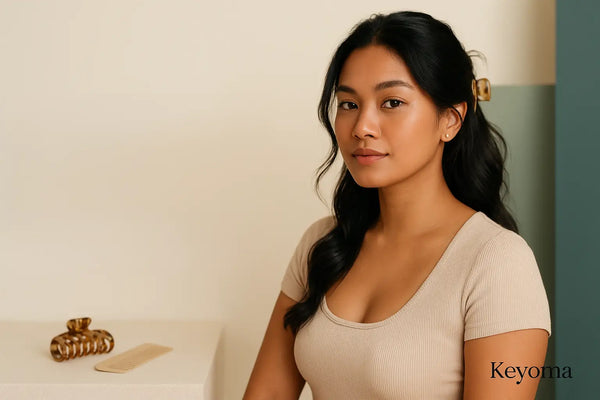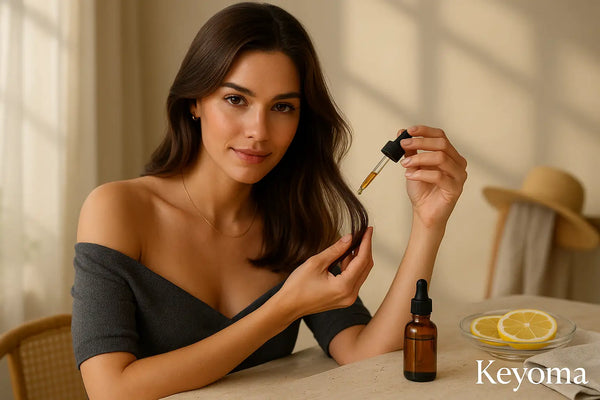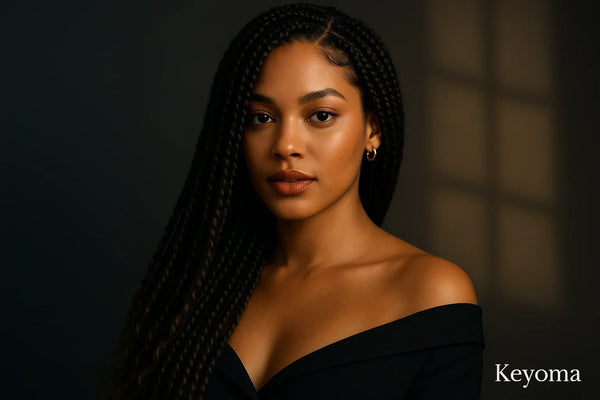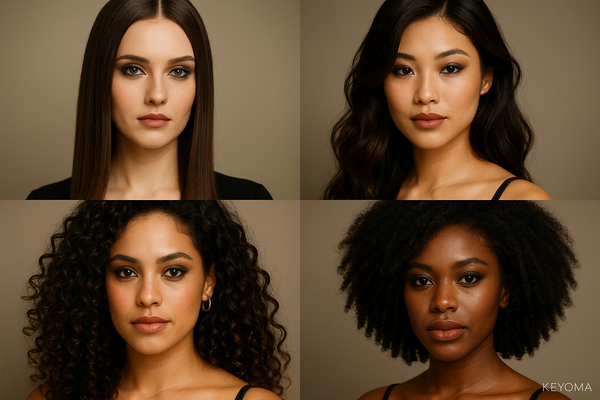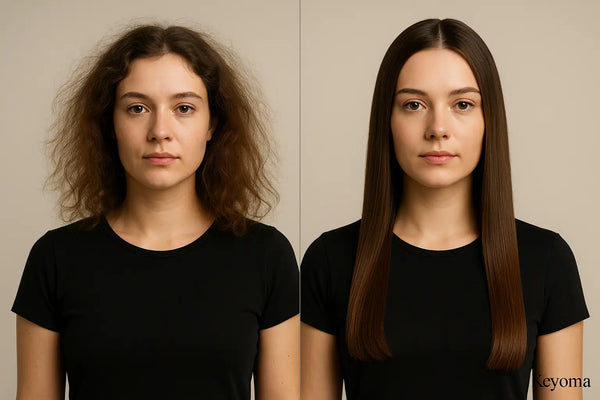Last updated
Aug 18, 2025
Indigenous Beauty Secrets: Herbal Hair and Skin Remedies That Still Work
Published on
Aug 18, 2025
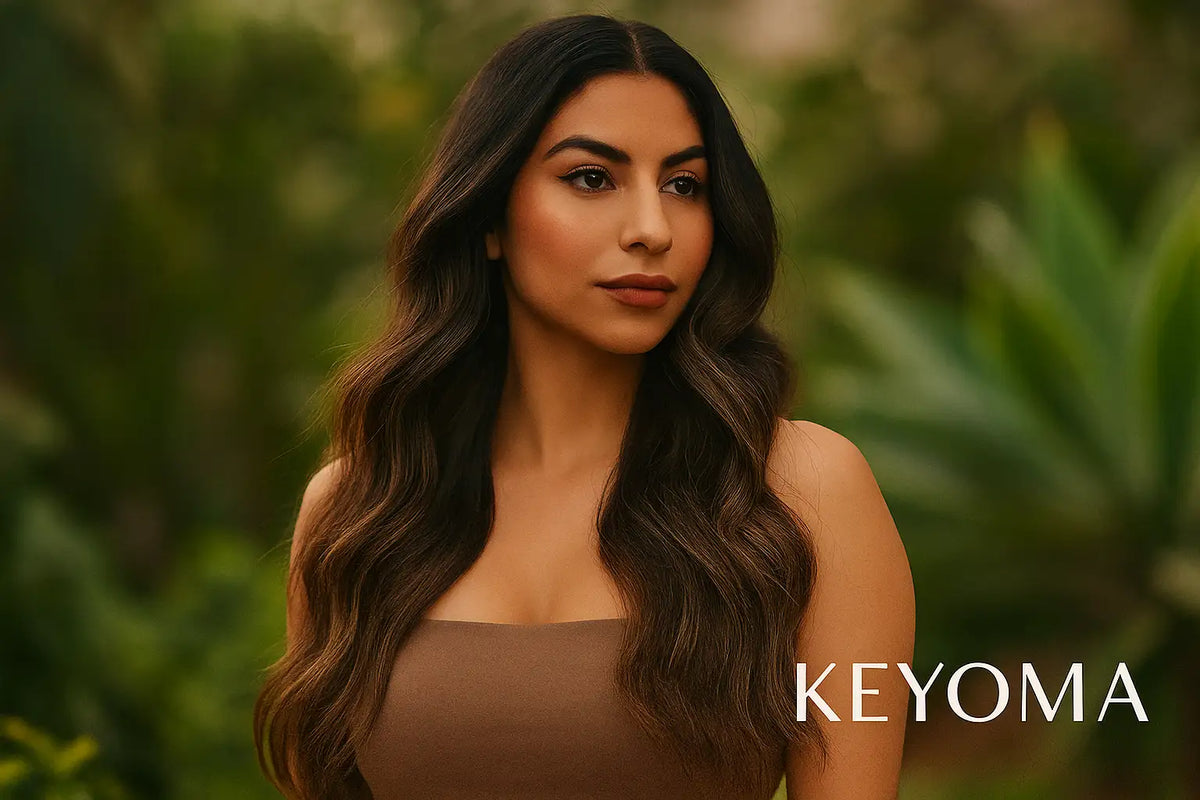
In this article
You want practical, time-tested care that respects your scalp and skin without the fuss. In this guide you’ll learn what indigenous beauty traditions actually do, which native oils and herbs are worth trying, how to use them safely, and how to build a calm, consistent routine that fits a clean, plant-based approach.
Key Takeaways
-
Indigenous beauty traditions rely on plant oils, herbs, and rituals that protect hair and skin while carrying cultural meaning.
-
Oils like coconut, argan, and jojoba soften strands, prevent protein loss, and support the skin barrier, with scalp massage shown to promote thickness.
-
Popular remedies include shea butter, hibiscus, amla, rice water, and chebe, though many still lack strong clinical evidence.
-
These treatments can help maintain healthy hair, but those with sensitive skin, scalp conditions, or during pregnancy should use caution.
What “Indigenous Beauty Secrets” Really Are
When you hear people talk about indigenous beauty, they’re usually pointing to practices shaped by local wisdom, passed down through families and communities. Think scalp oiling, sealing in moisture with plant butters, rinsing with herbs, or setting aside time for weekly masks and gentle massage.
I’ve tried some of these, and what strikes me is how simple they are—and how effective. Many of the oils used act as emollients and protectors. They soften the outer layer, lock in hydration, and keep your skin barrier strong while making your strands more flexible.
In fact, dermatology research shows that several plant oils, when used the right way, help repair the barrier and calm inflammation.
But these traditions go deeper than science alone. Take Morocco, for example, where UNESCO recognizes argan oil practices as living cultural heritage. It’s not just about the oil—it’s about the women’s cooperatives, the connection to land, and the ritual of preparation. That’s part of the real magic. It’s knowledge plus tradition, not just a product in a bottle.
How Traditional Remedies Support Hair and Skin
Plant oils combine fatty acids, vitamins, and smaller compounds like sterols and polyphenols. When you apply them to your skin, they soften the surface, fill tiny cracks, and slow down water loss.
On your hair, some oils slip inside the strand to reduce protein loss, while others stay on the outside to coat and protect by lowering friction.
Classic studies found coconut oil—loaded with lauric acid—does a great job of preventing protein loss when you use it before or after washing. More recent research even shows which fatty acids penetrate bleached hair most effectively.
These rituals aren’t only about the oil. Gentle techniques like scalp massage also play a role. In one 2016 study, men who massaged their scalps for just four minutes a day over 24 weeks noticed thicker hair. The theory is that massage may signal follicle cells mechanically and boost circulation.
While it’s not a cure for baldness, it’s such a simple, low-risk habit that pairs beautifully with oils. Personally, I’ve found even a few minutes of scalp massage in the evening feels grounding—and it makes applying oil feel more like self-care than a chore.
11 Native Oils and Herbal Remedies Passed Down
Here are some of the most widely used oils and herbs, rooted in tradition, along with what modern research actually says about them.

1. Argan Oil in Cultural Beauty Practices
Argan oil comes from the kernels of the Argania spinosa tree, native to southwestern Morocco, and people there still process it using traditional methods recognized by UNESCO as part of their cultural heritage.
Beyond the story, research shows argan oil works as a natural emollient, protecting skin and hair from dryness. It’s loaded with oleic and linoleic acids plus vitamin E, which explains why it softens rough ends, tames frizz, and seals in moisture so well after you hydrate your hair.
There is one catch though: rising demand has put pressure on argan forests. Reports note how drought and overharvesting stress both the trees and the women’s cooperatives that produce the oil. If you decide to try it, choosing fair-trade or certified bottles is one simple way to support local communities and keep the tradition sustainable.
2. Batana Oil in Ancestral Hair Treatments
Batana oil comes from the American oil palm (Elaeis oleifera) and holds a long history in Central American indigenous communities as a go-to for hair and skin. Research on its cosmetic benefits is still limited, so treat it like other nourishing oils and see how your hair and scalp react.
Many people online, especially on TikTok, rave about the shine and reduced breakage, but keep in mind that social buzz isn’t the same as clinical proof. If you decide to try it, look for transparent brands, like Keyoma, that give back to the communities producing it.
3. Shea Butter in Traditional Remedies
Shea butter comes from the nuts of the Vitellaria paradoxa tree and has been a staple across sub-Saharan Africa for generations. People have used it to protect skin, care for babies, and seal moisture into hair.
Reviews of its traditional use highlight how it calms irritation and helps reinforce the skin barrier. Because it’s occlusive, it works especially well on very dry skin or on textured, coily, or protective-styled hair as a sealing step. If you’re acne-prone, though, it’s safer to stick to body and hair or do a quick patch test before trying it on your face.
Recent studies show that refining and fractionation can alter some of its minor compounds. Unrefined or minimally processed shea butter usually keeps more of its natural bioactive goodness. When you shop for it, check for clear sourcing and short ingredient lists—I’ve found that the simpler the butter, the better it feels.
4. Coconut Oil and Monoi in Cultural Beauty Rituals
Coconut oil has been part of daily life in Polynesia and South Asia for centuries. In French Polynesia, people make Monoi de Tahiti by infusing tiare blossoms into coconut oil, and its preparation is so special that it’s legally protected by an appellation of origin.
Modern research backs up what tradition already knew—coconut oil helps reduce protein loss when you use it before or after washing. If your hair does well with richer oils, try massaging a little into your mid-lengths and ends as a pre-shampoo treatment.
I’ve done this before beach days, and it not only softens my hair but also makes detangling so much easier later.
Jojoba in Herbal Remedies Passed Down
Jojoba oil isn’t a true triglyceride but a liquid wax ester, which makes it almost identical to your own sebum. That’s why it feels so lightweight and never greasy. Research highlights its calming, anti-inflammatory benefits, making it great for both scalp and skin.
You can smooth a few drops onto damp hair to keep frizz in check, or blend it into a carrier mix for a soothing scalp massage. I like using it before blow-drying because it tames flyaways without leaving that heavy, coated feeling.
Marula Oil for Hair and Skin Care
Marula oil works as a light, silky emollient that people have traditionally used on both skin and hair. Health experts often point out its mix of hydrating and sealing qualities, which makes it a great pick if you have fine or medium strands that don’t do well with heavier butters.
If your skin tends to react easily, give it a quick patch test first—I learned the hard way that even gentle oils can surprise you sometimes.
Castor Oil in Cultural Hair Practices
A lot of people turn to castor oil for their scalp and even their brows. But because it’s so thick, a 2017 case report noted that overusing it can sometimes lead to sudden hair matting.
If you like using castor oil, mix just a little into a lighter carrier oil, focus on the ends first, and be gentle—no heavy pulling. I’ve found that less is definitely more with this one.
Amla and Bhringraj in Ancestral Treatments
In South Asian traditions, amla (Phyllanthus emblica) and bhringraj (Eclipta prostrata) hold a steady place in hair care. Modern research highlights amla’s antioxidant and antimicrobial benefits, and some small studies even tested amla-based serums for reducing hair fall.
Bhringraj has a long legacy in hair oils, though human evidence is still pretty limited. If you decide to try them, stick with simple formulas and give your routine a few months before you really judge the results.
Hibiscus in Traditional Hair Remedies
Hibiscus leaves and flowers show up in countless traditional hair recipes, and for good reason. Lab and animal studies suggest hibiscus extracts may support hair growth, though solid human trials are still scarce.
If you like experimenting with plant masks, try blending hibiscus powder with a light oil for a soothing treatment. Just keep your expectations realistic—it’s more of a gentle boost than a miracle cure.
Chebe in Indigenous Beauty Secrets
Chebe powder, rooted in Chadian tradition, has long been used to coat hair and minimize breakage. Some dermatologists told beauty editors it may help you retain length by reducing mechanical damage, though clinical proof is still limited.
If you give it a try, always patch test first, keep it off your scalp if you’re sensitive, and watch out for added fragrance or fillers in commercial mixes.
Rice Water in Cultural Beauty Practices
Rice water rinses show up in East Asian history and all over today’s social feeds. The starchy water holds inositol and other nutrients, and many beauty outlets praise it for boosting smoothness and elasticity.
Human studies are still limited, so think of it as an experiment rather than a miracle cure. If you try it, stick to once a week, rinse well, and follow up with something hydrating so your hair doesn’t end up feeling dry.
Simple Routines with Native Oils
Daily or every other day: Spend 2 to 5 minutes giving yourself a scalp massage with your fingertips. Add a few drops of jojoba or another oil your scalp likes, then work in small circles without scratching. Early studies suggest that consistency matters more than how hard you press. I’ve found it works best as a calming ritual before bed.
Wash day:
-
Apply coconut or argan oil to your mid-lengths and ends about 30 to 60 minutes before you shower.
-
Wash your scalp with a mild, sulfate-free shampoo, taking time to really clean the roots.
-
Follow with a generous conditioner, then detangle gently with your fingers or a wide-tooth comb.
-
Finish by sealing your ends with a pea-sized amount of argan oil or shea butter.
Once a week: If you’re curious, try a rice water rinse. Leave it on for 10 to 20 minutes, rinse thoroughly, then use a hydrating conditioner. Stop if your hair starts feeling stiff—I learned that the hard way.
Optional, 2–3 times per week: Massage diluted rosemary-infused oil into your scalp. A 2015 trial found it worked about as well as 2 percent minoxidil over six months for androgenetic hair loss, with fewer complaints of scalp itch. Just keep in mind results take time, and you should always dilute essential oils before applying.
Personal note: Rosemary routines are all over social media, and plenty of people swear they’ve seen less shedding after a few months. In my experience, it’s better to treat it as a steady, supportive habit rather than expect an overnight fix.
Who Should Avoid Certain Cultural Remedies
you notice sudden shedding, patchy bald spots, scalp pain or burning, stubborn scaling, or new rashes, make an appointment with a dermatologist. Oils and herbs can support healthy hair, but they can’t diagnose or treat medical issues on their own. Think of them as helpers, not full solutions.

Seborrheic Dermatitis (or “Oily Dandruff”)
Sometimes oils actually make this condition worse. In this case, focus on antifungal shampoos and medical treatment first. If you still want to use oils, keep them on the lengths and ends only, not the scalp.
Sensitive or Allergic Skin
Essential oils and botanicals can trigger contact dermatitis in some people. Always patch test, dilute properly, and stick with fragrance-free options if you know your skin reacts easily.
Very Fine or Low-Density Hair
Heavy oils can flatten your style and make strands look greasy. Instead, reach for lighter choices like jojoba or marula, and apply only the tiniest amount to damp ends. I’ve learned less is definitely more here.
Pregnancy or Nursing
Always check with a healthcare professional before using essential oils or herbal remedies. Safety depends on dose and method of use, and some essential oils can irritate the skin or even cause sun sensitivity.
Try Keyoma Batana Oil for Ancestral Hair Treatments
Indigenous beauty practices are rooted in tradition and care, using plant oils and herbs to protect hair and scalp. Some, like coconut oil and scalp massage, have scientific support, while others like rice water or chebe remain less studied but still valued.
Choose one or two methods that suit your hair, stay consistent, and track progress over time. For a trusted, nutrient-rich option, add Keyoma Pure Batana Oil with Rosemary to your routine and support healthier, stronger growth.
Featured Product
100% Pure Batana Oil + Rosemary
Learn more about Batana Oil
Your Cart
Your Cart is empty
Let's fix that
You might like...
Search our store



